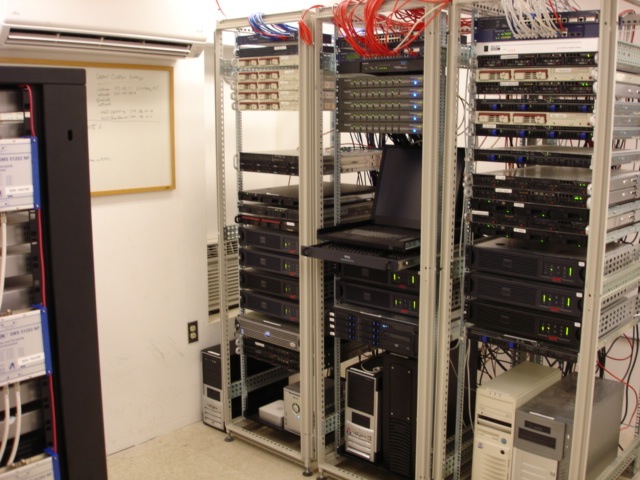
They provide automatic daily backups on their shared web hosting plans and managed WordPress hosting plans.

DreamHostĭreamHost’s backup policy also seems to be quite good. On the StartUp plan, on-demand backups can be created for a fee. SiteGround also offers premium on-demand backups on the GrowBig and GoGeek plans up to 5 of these can be created at any one time. SiteGround offers 10GB SSD on StartUp, 20GB SSD on GrowBig, and 30GB SSD on GoGeek.ĭreamHost offers 50 GB of SSD storage on their Starter Plan, and unlimited SSD storage on their Unlimited Plan. This is the amount of space your websites are allowed to take up.

Here are what I think are the most important features of shared plans: Storage When you’re considering a web host, there are many important features that you should look at. They support many of the latest technologies designed to boost your website’s speed and performance on their shared plans, while support on DreamHost shared plans is limited. It doesn’t appear that DreamHost uses LXC. SiteGround also offers uptime technologies such as Linux containers (LXC) and anti-bot artificial intelligence. They support PHP 7, but HTTP/2 is currently only supported on DreamPress plans. SiteGround offers all three on shared plans (free CDN with CloudFlare).ĭreamHost used to offer the DreamSpeed CDN, but it has since been discontinued. These technologies all result in faster loading in any part of the world. This is why it’s important to have multiple high-quality data centers in different locations, preferably in different countries and continents. The speed and stability of your website depend a lot on the location and characteristics of the closest data center. Here’s a summary of what is available: Technology They divide them into 3 categories: data centers, speed, and uptime.ĭreamHost, for the most part, has thorough documentation on their web hosting technologies and which plans support them in their Knowledge Base (Help Center).

SiteGround has an entire section on their website dedicated to the technologies they use. But at these numbers, it turns out that this isn’t much of a factor. Normally, a larger base of customers makes it more of a challenge for a host to manage their resources, especially on shared plans, and this often results in worse performance overall. In addition, SiteGround claims to host over 2,000,000 domains, while DreamHost hosts over 1,500,000 domains. The evidence can be found in the following Google Trends graph:Īs you can see, SiteGround is consistently above DreamHost by about 20 interest points. It turns out that SiteGround is slightly more popular than DreamHost this contrasts with other web host comparisons I’ve done in the past involving SiteGround. They offer both a general site builder and a WordPress site builder, and the WordPress site builder is included in all shared plans at no extra cost.ĭreamHost also offers VPS (Virtual Private Server) hosting, dedicated hosting, email hosting, and domain registration. Each plan includes a free SSL certificate and 1-click staging area.Īnother interesting feature is DreamHost’s drag-and-drop website builder. The managed WordPress plans are DreamPress Basic, DreamPress Plus, and DreamPress Pro. The Unlimited Plan, as the name implies, supports unlimited websites, unlimited storage, and includes email accounts. The Starter Plan only allows one website, 50GB of storage, and has other limitations such as five subdomains. Click the entries on the left column to be taken to their corresponding sections.ĭreamHost has many hosting solutions, including shared (WordPress and standard), managed WordPress, WooCommerce, and cloud.įor the standard shared hosting, there are two plans: Starter and Unlimited. The handy table below will give you a quick overview of the conclusions of my comparison. However, it’s fairly safe to extend many of the conclusions of this comparison to other plans. Note that these tests and comparisons were made on the shared hosting plans, and I can’t make any definitive conclusions on other solutions like dedicated hosting. I will say that based on my extensive analysis and tests, I believe one of them is superior to the other.

DreamHost article, I’m going to compare the two web hosts in all of the important metrics, including speed, uptime, and customer support. They both offer shared hosting, managed WordPress hosting, dedicated hosting, and other solutions, but which is better? SiteGround and DreamHost are both established web hosting companies that offer a suite of hosting solutions.


 0 kommentar(er)
0 kommentar(er)
